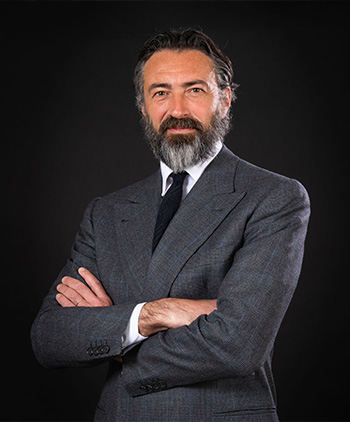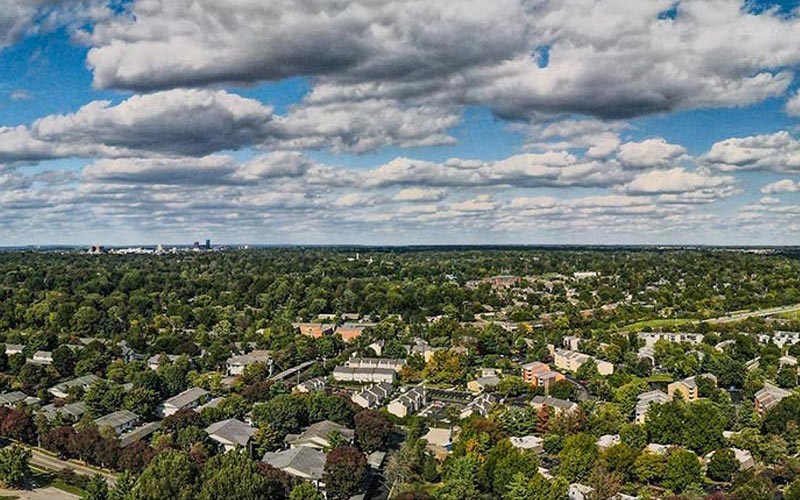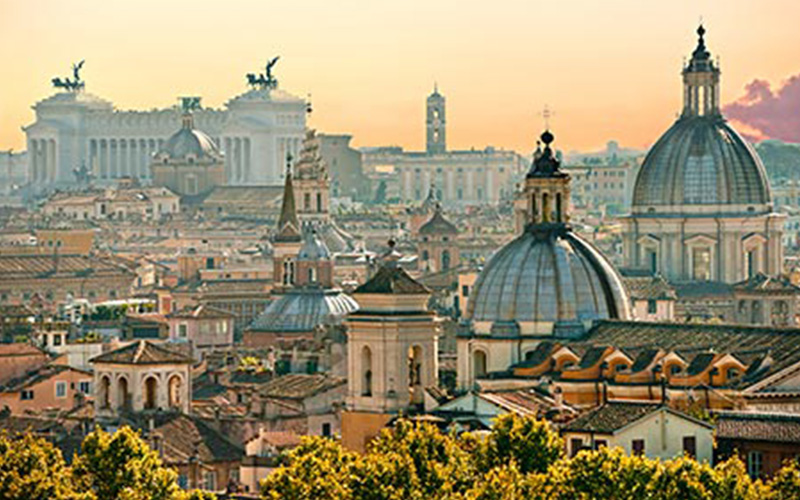Manfredi Catella analyses Milan’s potential compared to other major European cities, highlighting the advantages of the new and inclusive metropolis model, where the Lombardy capital is an emerging example.
COIMA Founder and CEO Manfredi Catella sees the post-pandemic situation, marked by new and significant challenges, as an excellent opportunity for Milan, which is in an ideal condition to reaffirm its identity compared to other major European and world cities.

Manfredi Catella, Founder & CEO, COIMA
“I remember that before the pandemic there was still an urban planning model approach. This was the legacy of a capitalist method of doing real estate which originated in the 1980s. The idea was to become as big as possible and concentrate resources and trade. The pandemic changed this scenario, showing the megalopolis model weaknesses - every physical dimension, after a certain threshold, becomes inefficient. The same applies to cities: the bigger they are, the less connected, inclusive, and safe they are.”
The advantage of Milan in this situation is that it did not undergo the boundless growth that many other European metropolises experienced. “While most European cities underwent a phase of development, growth and densification, Milan only saw it partially. This means that the transformation in the city over the last 20 years was marginal in terms of size compared to its potential. Milan is smaller than large international metropolises, and this is crucial given that this model’s priorities are changing, and digitalisation, inclusion, and sustainability have become critical.”
Read also: Milan, development and opportunity
These elements are the foundations of the contemporary urban development agenda. This starts from current fundamental dynamics and responds to new challenges. “We are aware this is a problematic historical period. Rising inflation, interest rates, debt and raw material costs in the real estate sector will have a significant impact. Optimistically, we will face 18-24 months of slowdown.” Manfredi Catella said: “during this phase, Milan must be aware of a substantially different situation compared to previous years and favour every possible mitigation and incentive to increase a positive regeneration of the city for everyone’s benefit. Milan can stand as a valid alternative to other European cities because of the work done over the last 20 years.”
During this 20-year period, several municipal administrations have shown what Catella calls an “unprecedented continuity of vision and cooperation”, which have favoured the implementation of a strategic city transformation project that shows positive results.
Read also: The construction sector will be the driving force behind Italy’s recovery
Let’s consider the geographical aspects. Compared to other comparable European and world cities, Milan has an inclusive “outside Milan” area. Taking a train to Como or Liguria is easy, and without being particularly expensive. This is something that most other European cities cannot afford and outlines the way forward - safeguarding this uniqueness.

Living spaces in the future development
of the Porta Romana railway yard
Catella emphasises this clearly: “Milan must be contained and not expanded. It needs to be made denser and more efficient, but this can be done by reusing public assets and connecting the many square metres of buildings that are currently fragmented and unused but have huge potential. Connectivity is an essential topic for the city and an excellent prospect nationally. This occurs through physical and digital infrastructures that can consolidate Milan as the nerve centre of a much more comprehensive network of cities that can mutually strengthen themselves by systemising their resources.”
Underlying this analysis is a crucial issue for COIMA - housing affordability. “Housing accessibility for everyone is a priority to be addressed in an effective public-private partnership, avoiding ideological centre-periphery distinctions which are not the issue to be resolved. A city is a single entity with different parts and vocations contributing to its overall attractiveness. A balanced and visionary policy combines the ingredients for a dynamic city.”
Read also: Planning Resilient Cities
COIMA has an extensive investment and urban redevelopment programme underway to support this ambition and strengthen a new urban model starting from Milan. This includes Porta Nuova, the first district in the world which obtained dual LEED and WELL for Community sustainability certifications, Porta Romana Rail Yard, where construction of the Olympic Village for the 2026 Olympics has begun, Valtellina area part of the Scalo Farini and other projects that will help accompany Milan on its new path.




